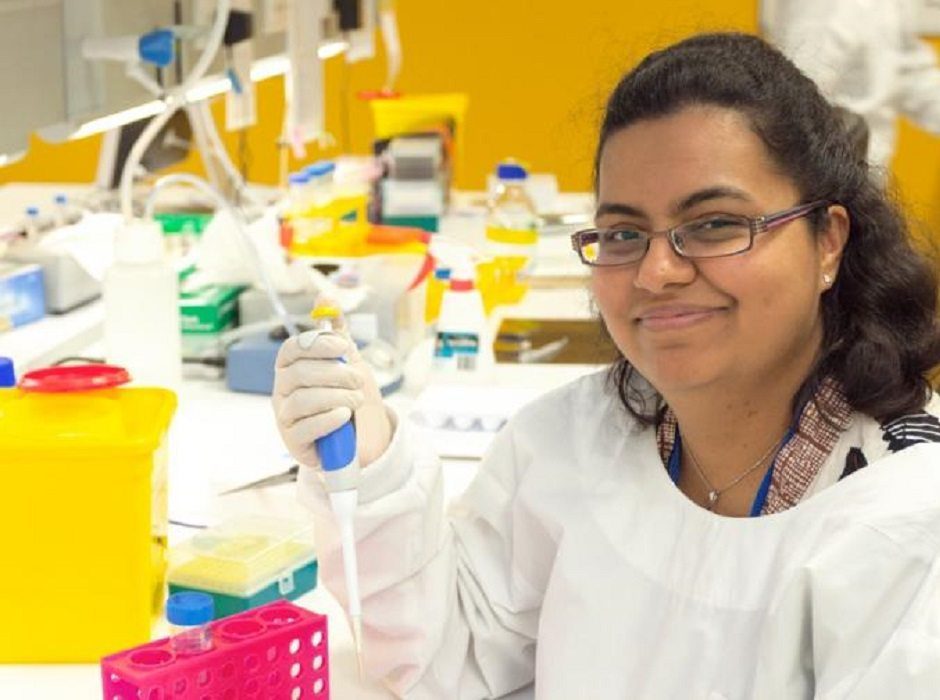[dropcap style=”font-size:100px; color:#992211;”]I[/dropcap]t’s Monday. Trebuchet is bleary. Neurological breakthroughs featuring the word ‘hippocampus’ will not be treated with the appropriate respect.
Not while all we can picture is a college full of grumpy waterhorses.
University of Queensland researchers have identified two types of stem cells in the hippocampus, a region of the brain crucial for learning and memory.
Dr Dhanisha Jhaveri, the study’s lead author, said Queensland Brain Institute (QBI) researchers had isolated pure populations of these cells for the first time.
The discovery may have implications for the treatment of learning- and mood-related disorders.
“The stem cells we have identified give rise to new neurons,” Dr Jhaveri said. “The production of new neurons in the brain, a process that decreases as we age, is essential for learning and cognitive function.”
Professor Perry Bartlett, QBI director, said the discovery solved a longstanding mystery about the birth of new neurons in the hippocampus.
“Previously, these neurons were all thought to be identical, so it wasn’t understood how the region is able to regulate behaviours as divergent as learning and mood,” he said. “The existence of distinct stem cell populations suggests that they give rise to different types of neurons, which explains the varied functions of the hippocampus.”
Dr Jhaveri (right)  said the discovery was made using state-of-the-art cell-sorting and DNA technologies.
said the discovery was made using state-of-the-art cell-sorting and DNA technologies.
“The two cell groups are located in different regions of the hippocampus, which suggests that distinct areas within the hippocampus control spatial learning versus mood,” she said. “When we purified the cells we found that they are activated by different mechanisms, and generate new neurons that differ in their gene expression.”
Source/Photo: University of Queensland

Some of the news that we find inspiring, diverting, wrong or so very right.



















